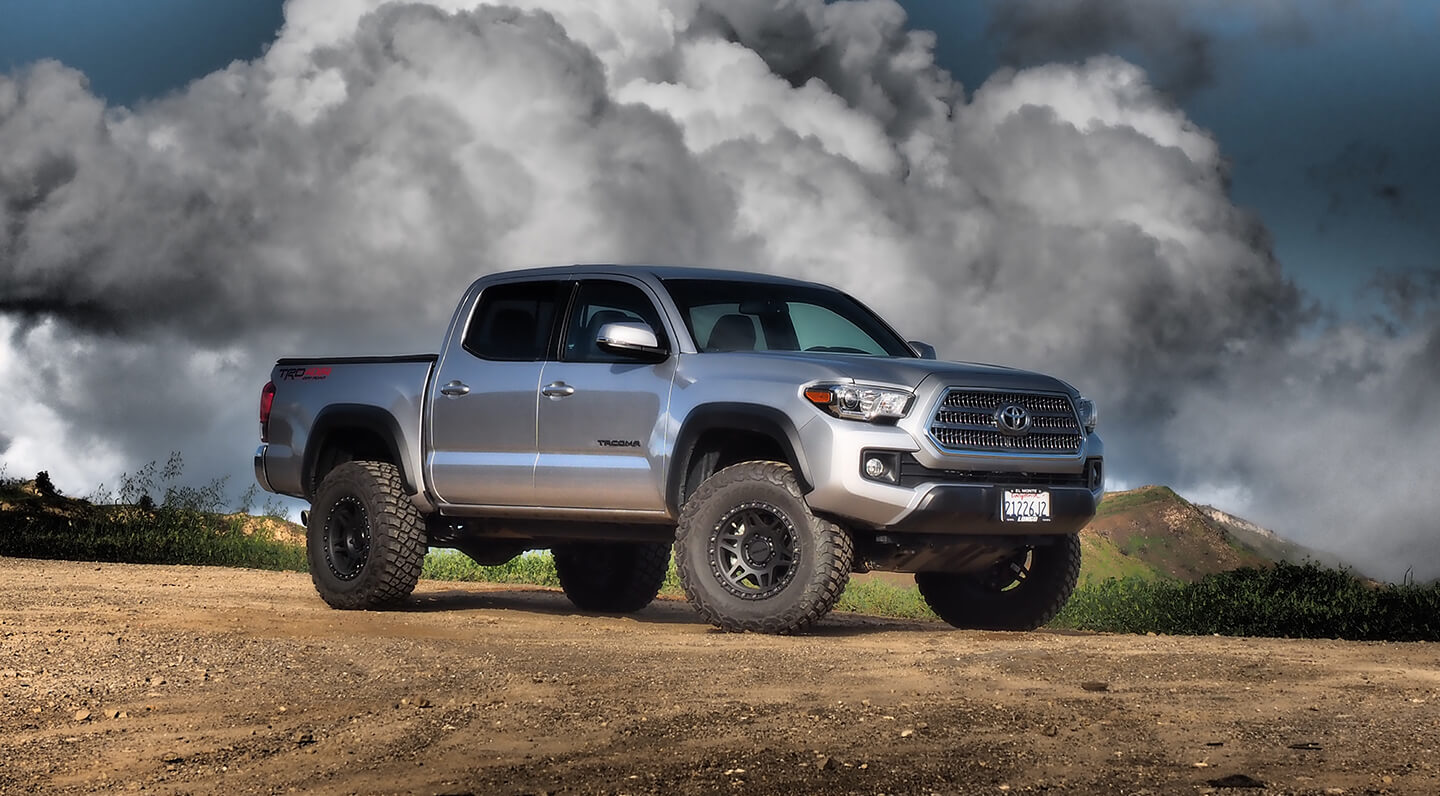
Photography: Craig Perronne
It is pretty easy to get into an argument when talking about what truck to buy. Literally, everyone is going to have an opinion about it one way or the other. Some people will only buy from the brand that they are 100% loyal to. No amount of persuasion or facts will convince them that any other truck might be better. Others will merely parrot what they have read on a forum somewhere or in the latest review blurting out what they think is best. Much like Pepsi vs. Coke, many people have formed some firm opinions that can cause some very heated discussions.
When it comes to mid-size trucks, you can argue all you want, but it is hard to make a rational case against the Toyota Tacoma. Yes, we are well aware that there is now the Chevy Colorado and the Ford Ranger. And they might even be slightly better trucks than the Tacoma. But there is one thing the Tacoma has that they don’t: it has a long, proven track record of being a rugged and reliable vehicle that won’t leave you stranded. The Tacoma also has the best resale value of any truck on the market. And it has a massive amount of aftermarket support that is continuously growing.
While we always keep an open mind when it comes to trucks, those are solid points that are hard to counter. And they were ones that won us over when it came time to plunk down our hard-earned cash for a mid-size truck. After years of full-sizing it, we wanted something smaller that could serve as a daily driver, weekend warrior, and road trip machine. It also had to be capable of getting us deep into the backcountry and reliable enough to bring us back. The Toyota Tacoma fit this bill perfectly.
The Tacoma is no slouch in stock form. Our TRD Off-Road model came with decent tires, a six-speed manual transmission, 4.30 gears, and a locker in the rear. One area that was lacking though was the suspension. While it gave a nice, smooth ride on pavement, it was too soft at anything over a crawl off road. At even slightly elevated speeds, it would quickly blow through its travel and bottom out. No bueno.
We knew that we wanted to be able to travel over vast amounts of dirt without fear of getting our teeth knocked out. We also would be loaded down with more weight while doing so. With all that in mind, the stock suspension wasn’t going to cut it and was headed for the trash.
To come up with a solution for our squishy suspension, we headed straight to Bilstein. We had spent some time testing their B8 8112 ZoneControl CR coilovers and rear B8100 bypass shocks before and came away impressed. The ZoneControl CR coilovers aren’t like other coilovers on the market and are very unique. And the rear B8100 “baby” bypasses fit into the stock shock locations without any modification. Combined they make for a serious suspension upgrade. Follow along as we transform the suspension of our Project Taco Truck from sloppy and squishy to one that can handle the bumps. The future is going to be delicious.
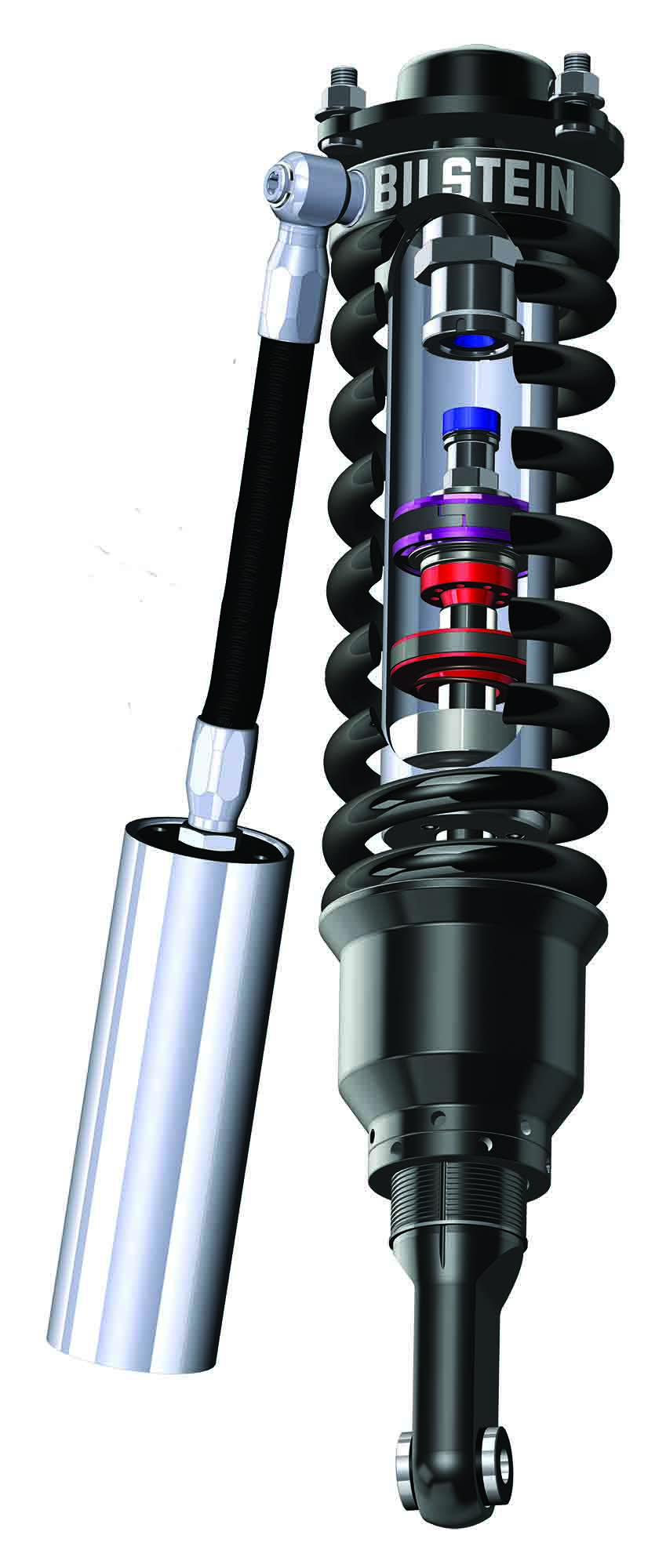
Bilstein’s B8 8112 ZoneControl coilovers might look like others, but they are radically different inside. The 2.75-inch diameter body houses three independent pistons (compared to the single piston in most shocks). A more conventional 60mm digressive piston (in purple) teams with a Jounce Cut Off Compression Valve Piston (in blue). The later travels upwards during compression into the cylinder (in dark grey) directly above it called the Telescoping Internal Compression Stop. Once inside the cylinder, compression is significantly increased as the shock fluid has to travel through the piston. As its name suggests, the cylinder telescopes upward into the shock body. Once it stops telescoping, the piston is fully engaged for a third compression zone. The rebound side consists of the Secondary Rebound Valve piston (in red just below the main piston) and the Internal Rebound Stop (in red at the bottom of the shock). As the SRV travels downward during rebound, it comes in contact with the stop forcing oil through the piston for the second stage of rebound. The result is a position-sensitive shock with three zones of compression control and two for rebound.
If you are still confused about how the coilovers operate (and we don’t blame you) watch the video below for a full explanation and to see it in motion.
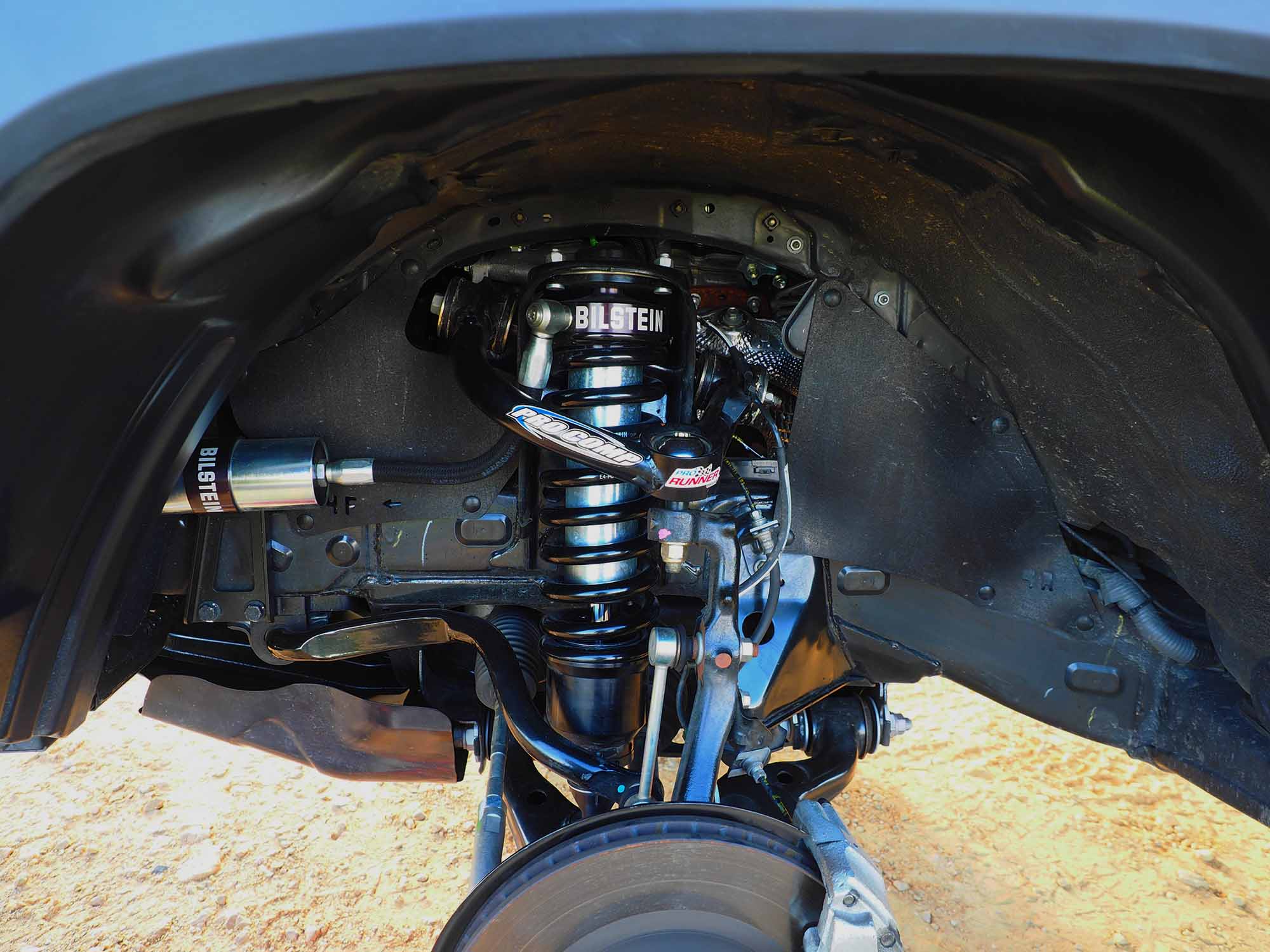
The Bilstein B8 8112 ZoneControl coilovers are available for 2005-current Toyota Tacomas. They might look like conventional coilovers, but if you watched the video above it is easy to tell they are not. One of the big advantages is that, like a bypass shock, the ZoneControls are position sensitive. This means that you don’t have to rely on the speed of the shaft for damping making them more adept at sucking up small hits as well as bigger ones.
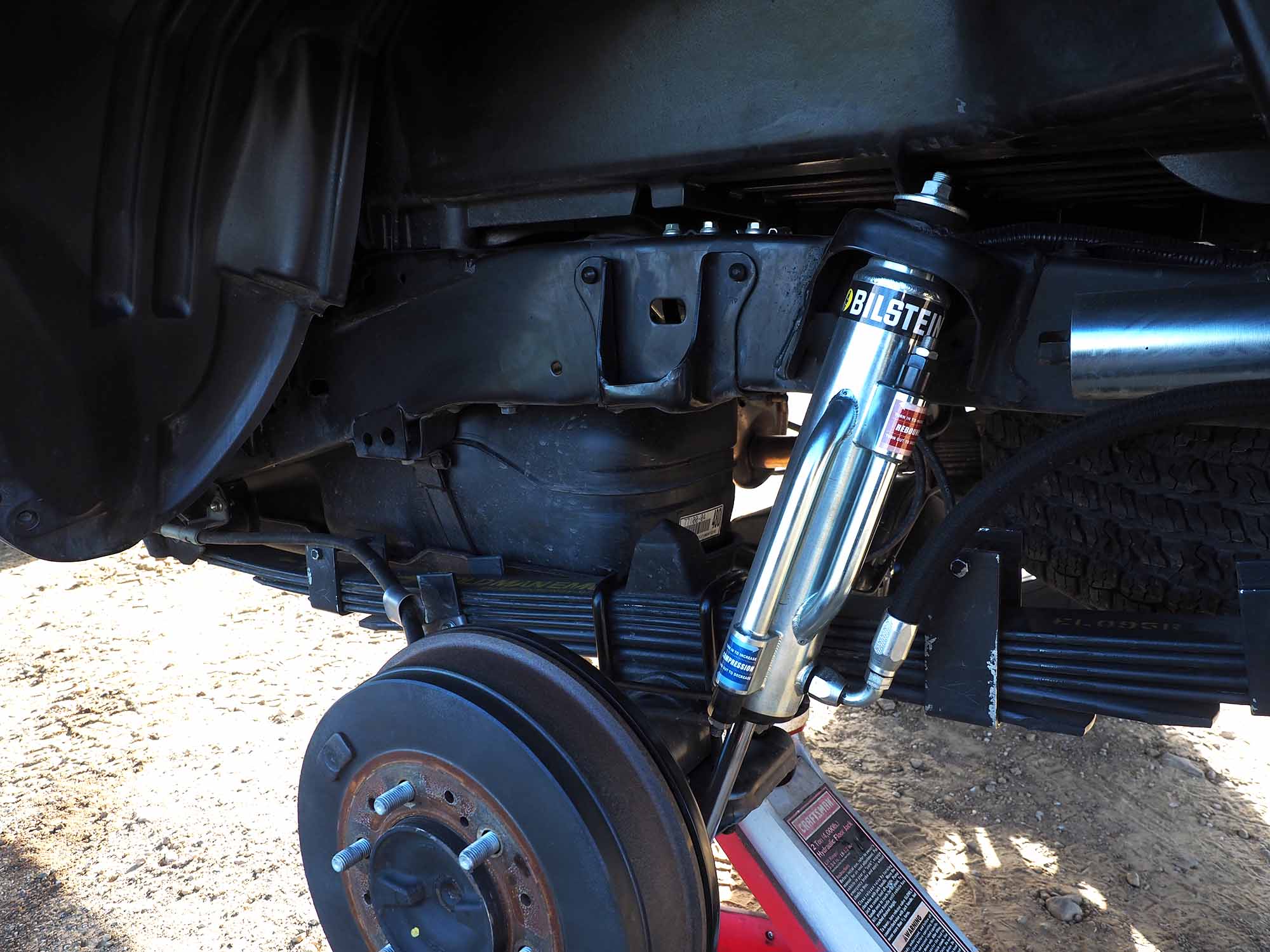
Bilstein’s solution for the rear isn’t as radical as the front, but it is still pretty cool in the form of a “baby” bypass shock that bolts right into place. Like all bypass shocks, the B8 8100 is position sensitive and will fit 2005-current Tacomas. While bypass shocks can be tough to tune, the B8 8100 only use two tubes (one for compression, one for rebound) making it a lot easier to dial in the ride.
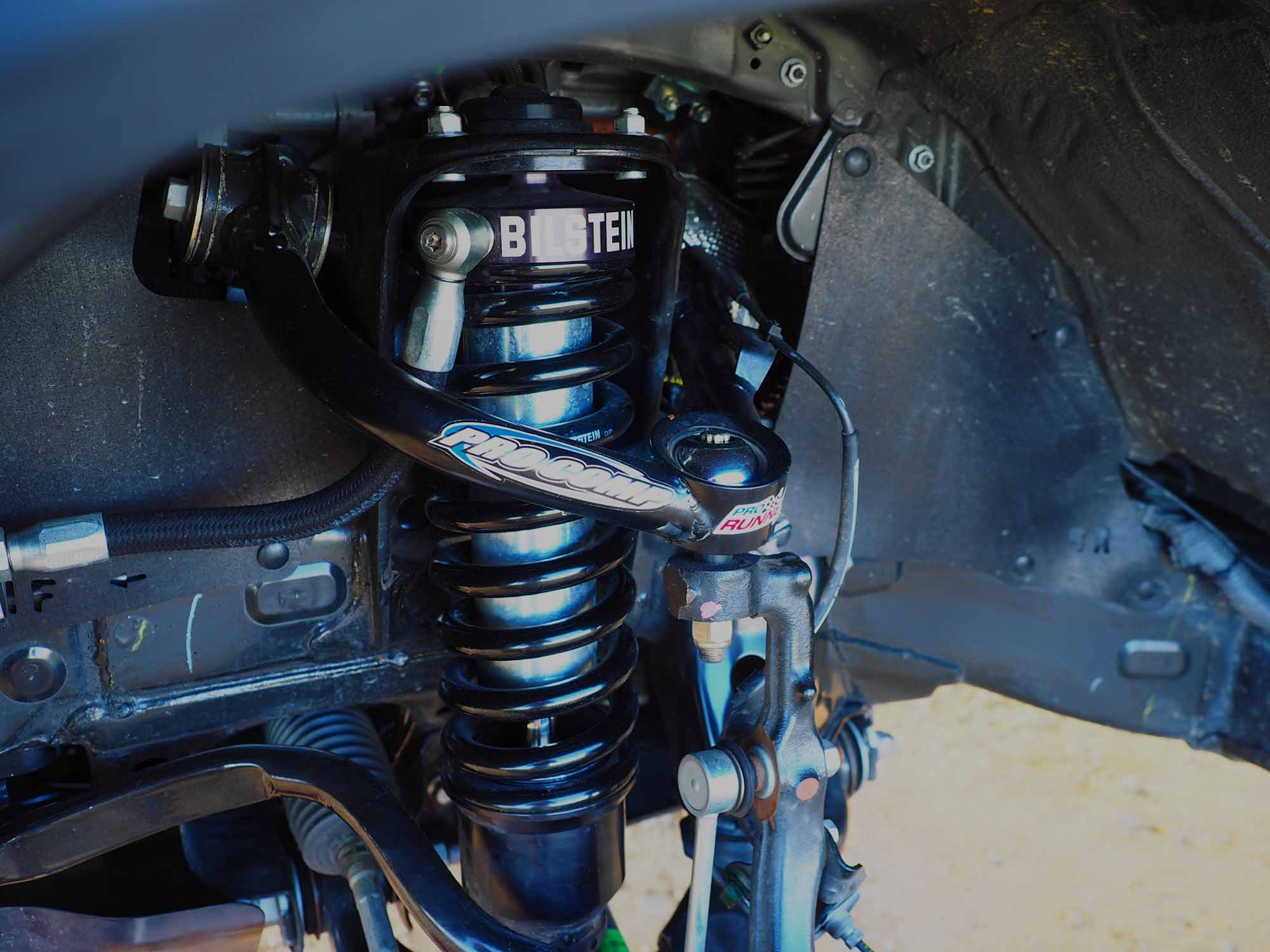
The Bilstein B8 8112 ZoneControl shocks will work with stock upper control arms, but we decided to swap ours out for Pro Comp’s Pro Runner Control Arms. Made from chromoly, the Pro Runner arms are much beefier than the stockers. They also use a much stronger FK uniball to replace the factory ball joints. Not only are the uniballs stronger, they also allow for every inch of wheel travel to be utilized. The PTMEG pivot bushings have thankfully proven to be squeak free during our use.
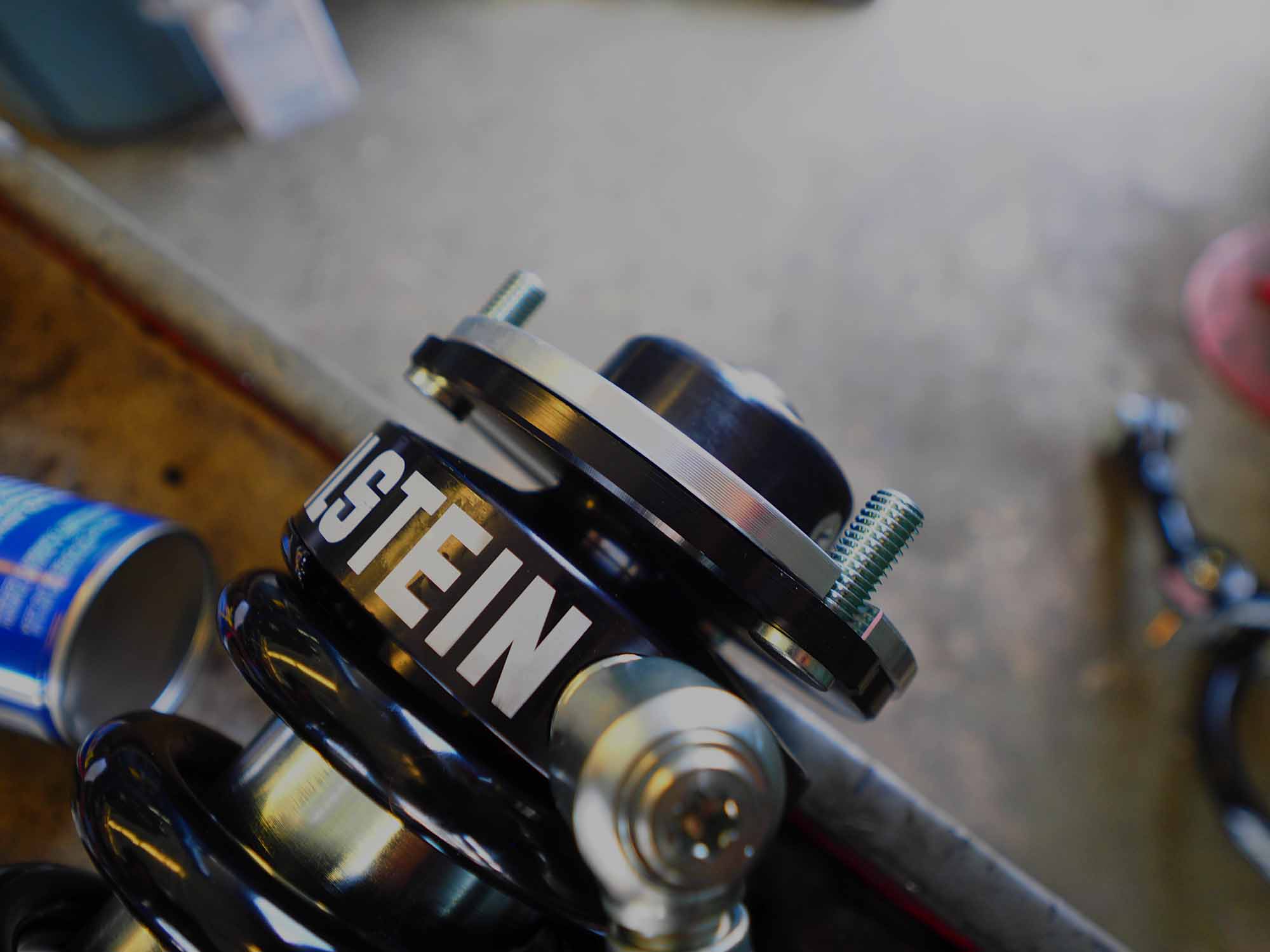
After some consultation with Bilstein, we decided to use a small ¼-inch spacer on top of the coilovers. The Bilstein B8 8112 coilovers are adjustable from 0.6-2.5 inches of lift. The ¼-inch spacer (which nets an additional ½-inch of lift when installed) would allow us to get 2.5-inches of lift, but without having to max out the preload. We also plan to add a winch and a possibly a bumper in the future so we can gain back any height lost without having to crank down on the preload fully.

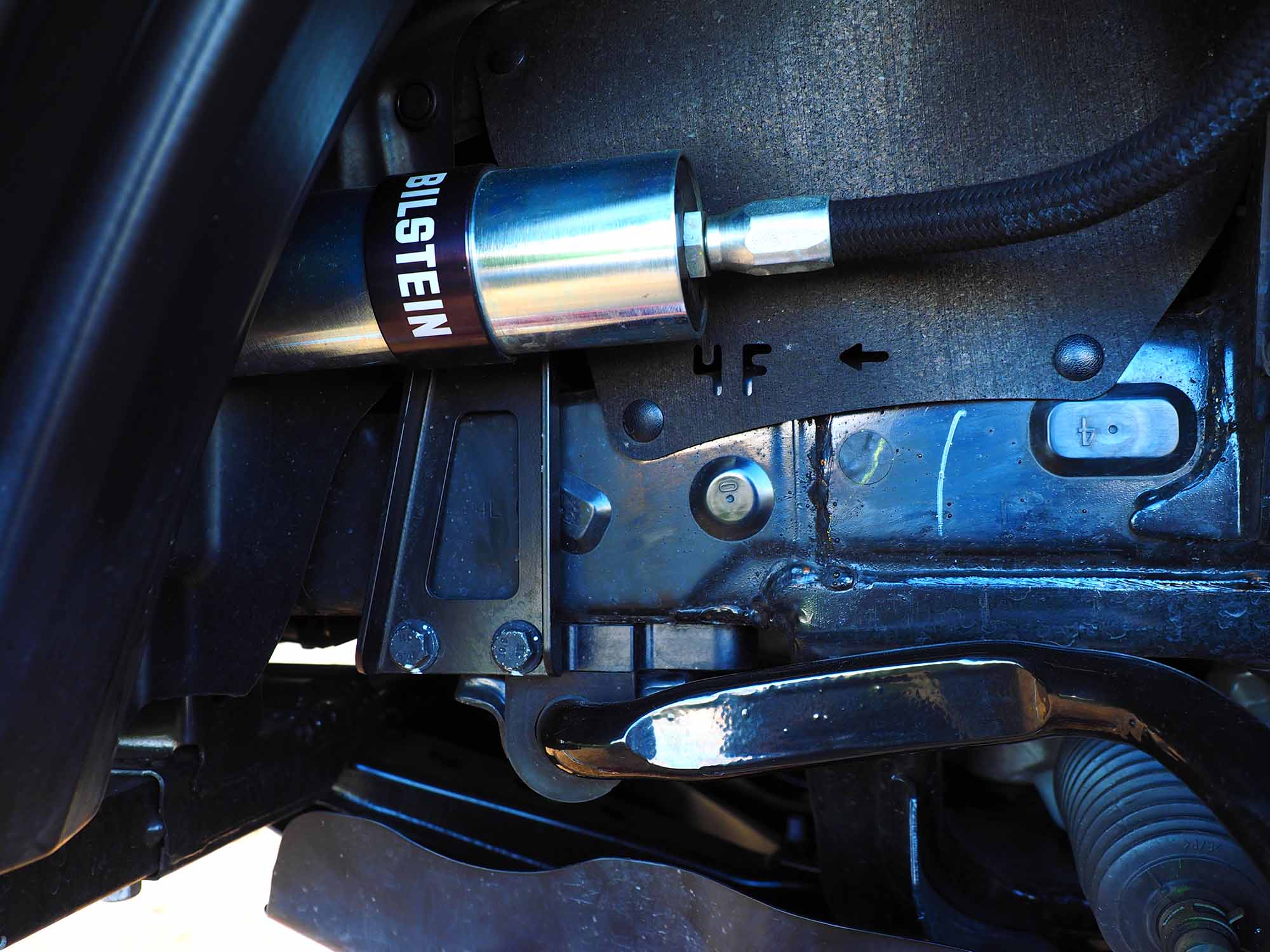
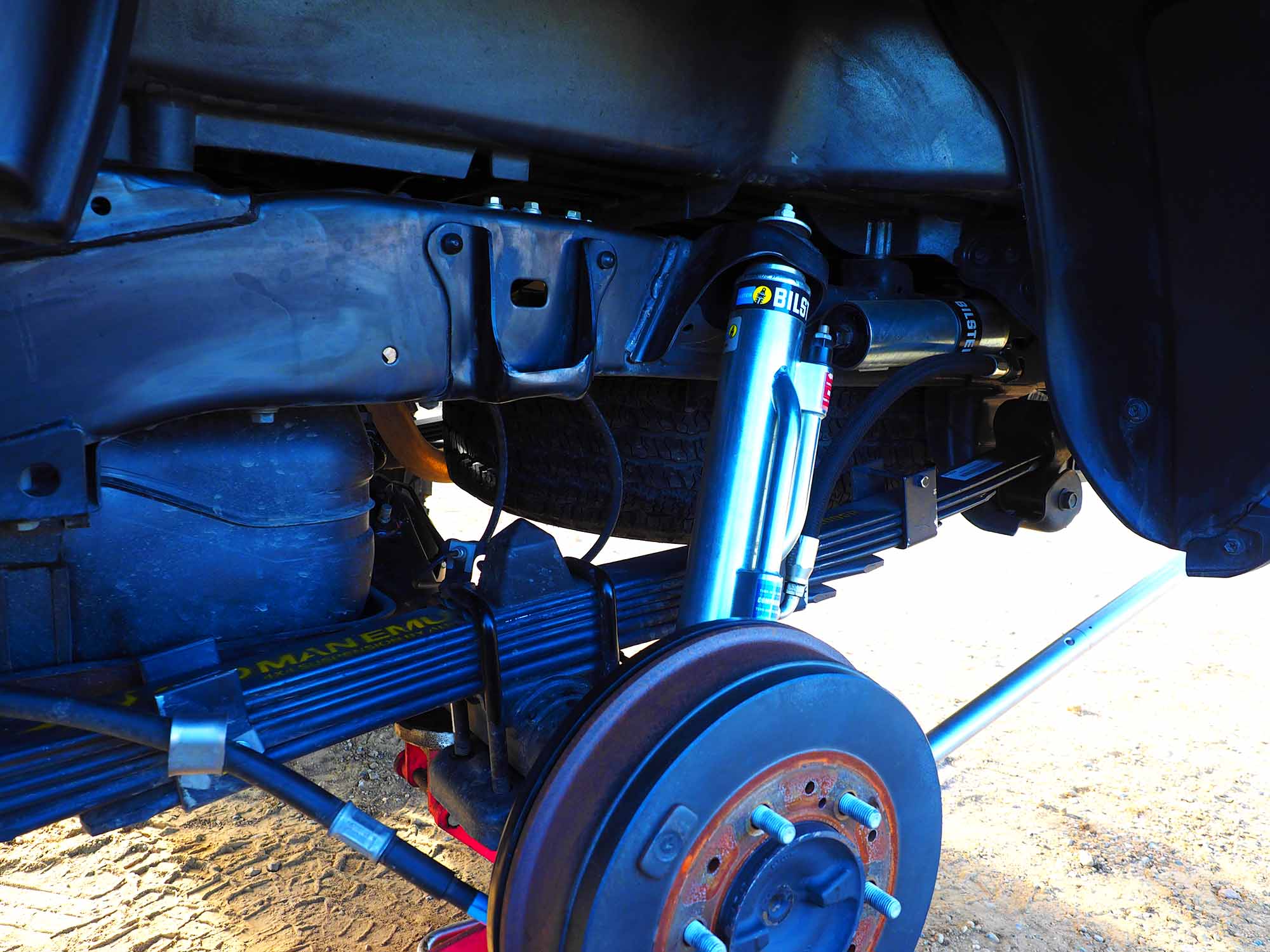
The factory rear springs on the Tacoma deliver a supple ride on the highway but quickly get overwhelmed off-road when carrying any weight. Since we knew that we would regularly be loaded up with camping gear, firewood, or anything else we could stuff in the bed of our Tacoma, the factory springs weren’t going to cut it. We decided to replace them with Old Man Emu (OME) Dakar leaf springs. Their newer series are available in a heavy-duty option (EL096R) that carries an extra 660 lbs. of load and a non-heavy duty version (EL095R) that carries an additional 330 lbs. We opted for the EL095Rs as they can be converted to the EL096Rs with the addition of an add-a-leaf. One can also remove a leaf from the EL095R if they are going to be carrying lighter loads than a constant 330 lbs. On 2005-15 Toyota Tacomas they provide 2.75-inches of lift and on our third-gen they provide 2-inches of lift.

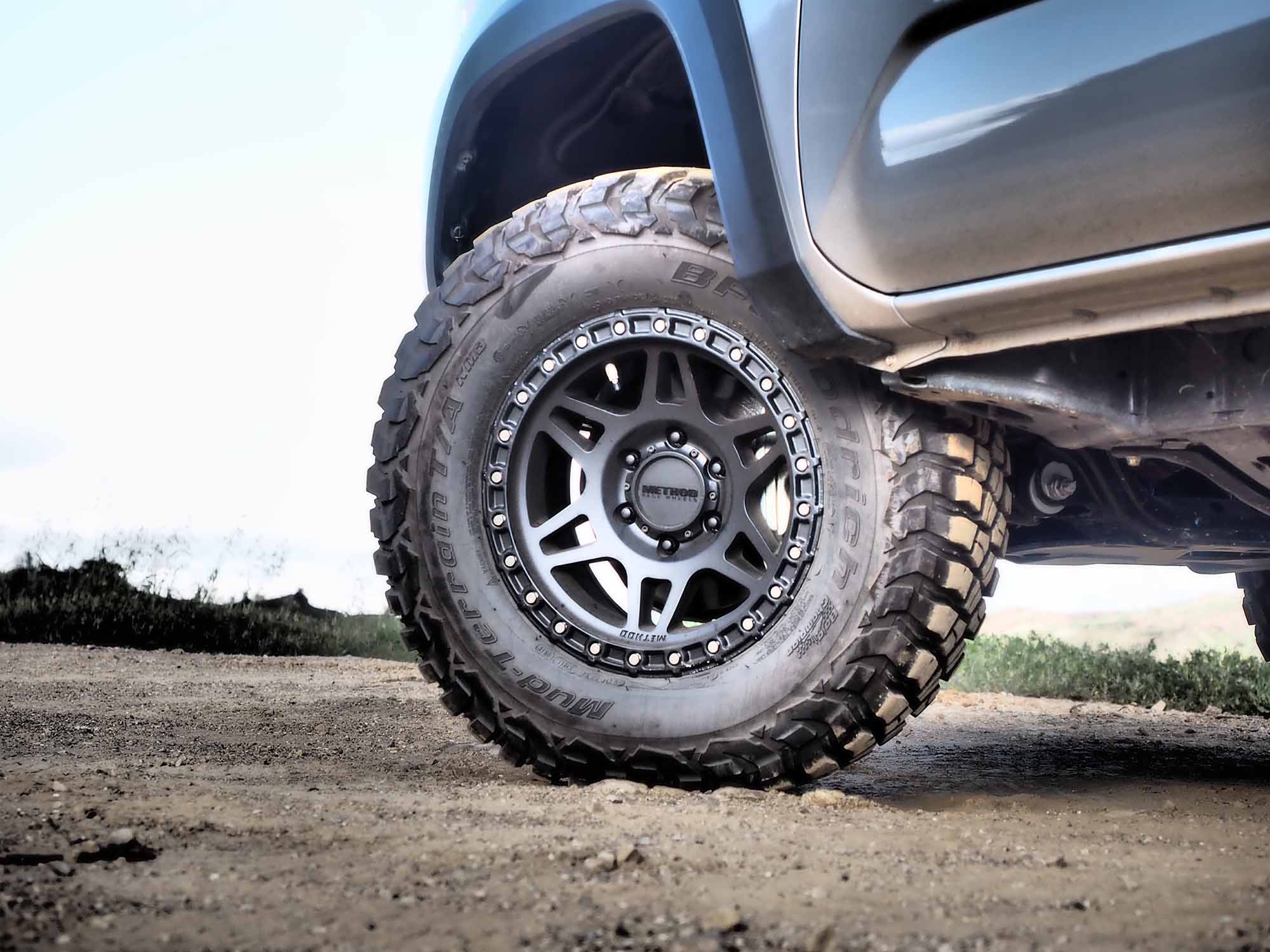
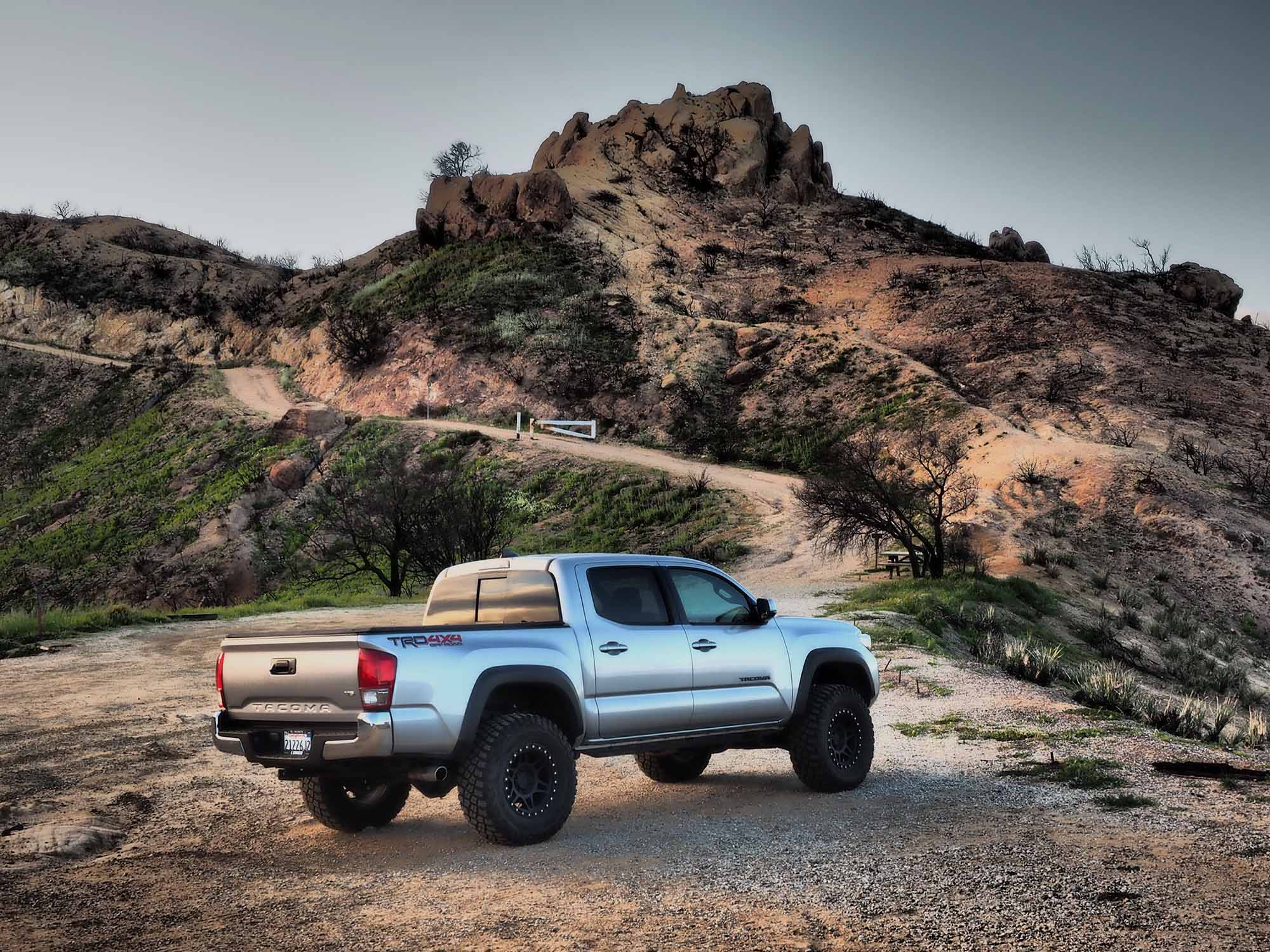



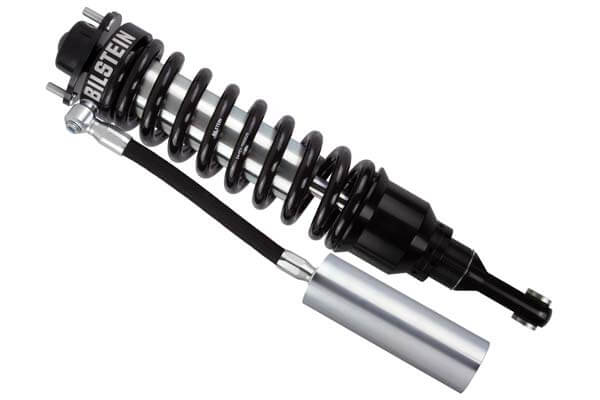
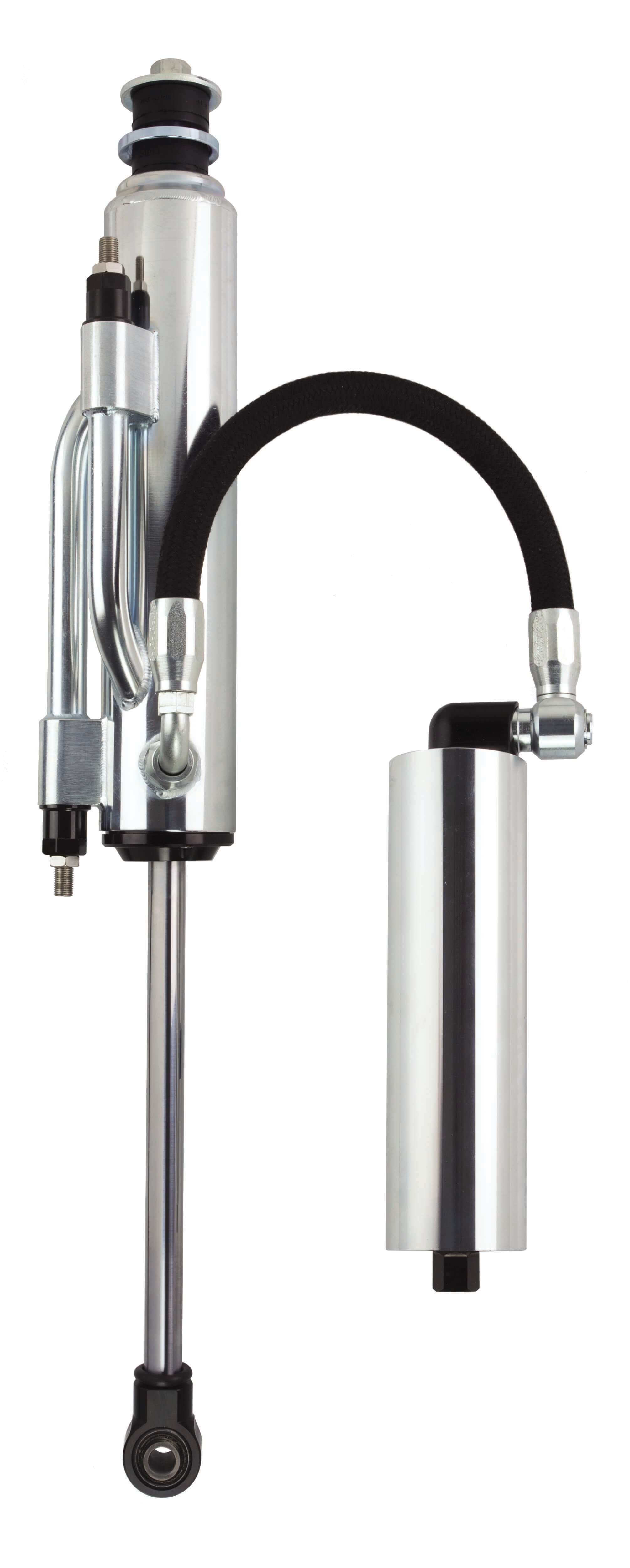

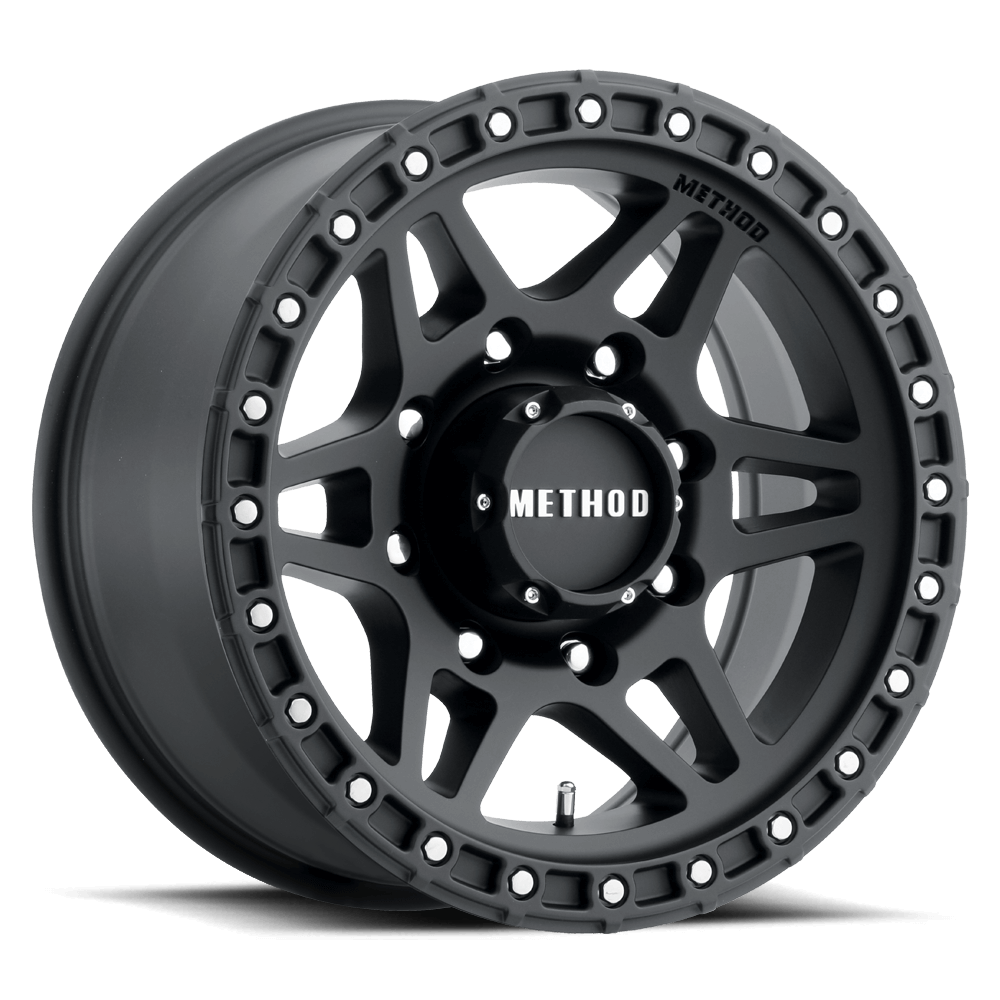
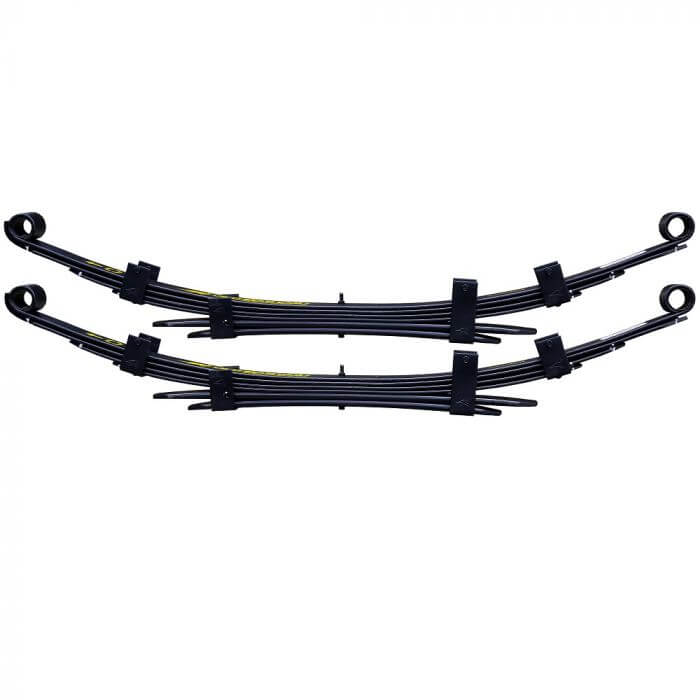
2